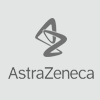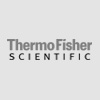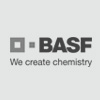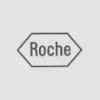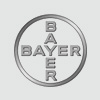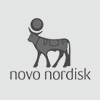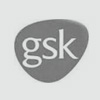- Description
- Specifications
Catalog #: CHM-329
Description:
GRO Alpha Human Recombinant produced in E.Coli is a single,non-glycosylated, polypeptide chain containing 73 amino acids and having a molecular mass of 7811 Dalton.
The GRO-alpha is purified by proprietary chromatographic techniques.
Synonyms:
Growth-regulated protein alpha, CXCL1, Melanoma growth stimulatory activity, MGSA, Neutrophil-activating protein 3, NAP-3, GRO-alpha (1-73), chemokine (C-X-C motif) ligand 1, GRO1, GROa, SCYB1, MGSA-a, MGSA alpha.
Source:
Escherichia Coli.
Amino Acid Sequence:
The sequence of the first five N-terminal amino acids was determined and was found to be Ala-Ser-Val-Ala-Thr.
Purity:
Greater than 97.0% as determined by:
(a) Analysis by RP-HPLC.
(b) Analysis by SDS-PAGE.
Solubility:
It is recommended to reconstitute the lyophilized CXCL1 in sterile 18MΩ–cm H2O not less than 100 µg/ml, which can then be further diluted to other aqueous solutions.
Formulation:
Lyophilized from a 0.2 µm filtered concentrated (1mg/ml) solution in 20mM PB, pH 7.4, 50mM NaCl.
Stability:
Lyophilized GRO-alpha although stable at room temperature for 3 weeks, should be stored desiccated below -18 °C. Upon reconstitution CXCL1 should be stored at 4 °C between 2-7 days and for future use below -18 °C. For long term storage it is recommended to add a carrier protein (0.1% HSA or BSA).
Please prevent freeze-thaw cycles.
Activity:
Determined by its ability to chemoattract human peripheral blood neutrophils using a concentration range of 10.0-100.0 ng/ml.
Physical Appearance:
Sterile Filtered White lyophilized (freeze-dried) powder.
Usage:
Denovo Biotechnology's products are furnished for LABORATORY RESEARCH USE ONLY. The product may not be used as drugs, agricultural or pesticidal products, food additives or household chemicals.
References:
Title:Deficient inflammatory response to UV radiation in neonatal mice.
Publication:Published online before print March 16, 2007, doi: 10.1189/jlb.1206729 June 2007 Journal of Leukocyte Biology vol. 81 no. 6 1352-1361
Link:http://www.jleukbio.org/content/81/6/1352.full

